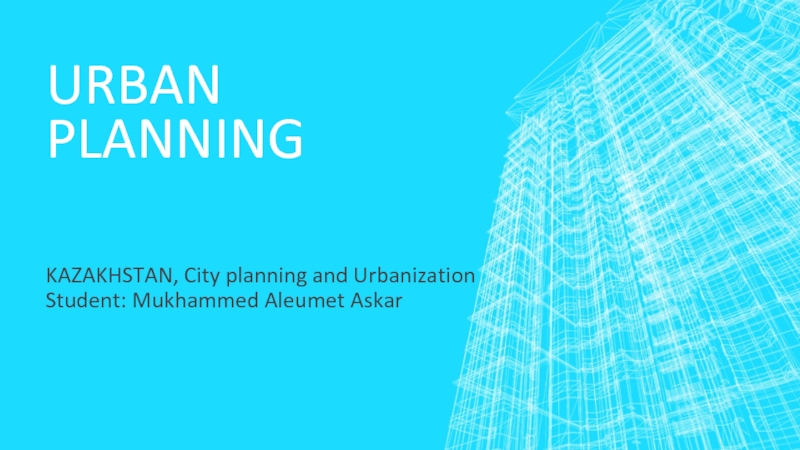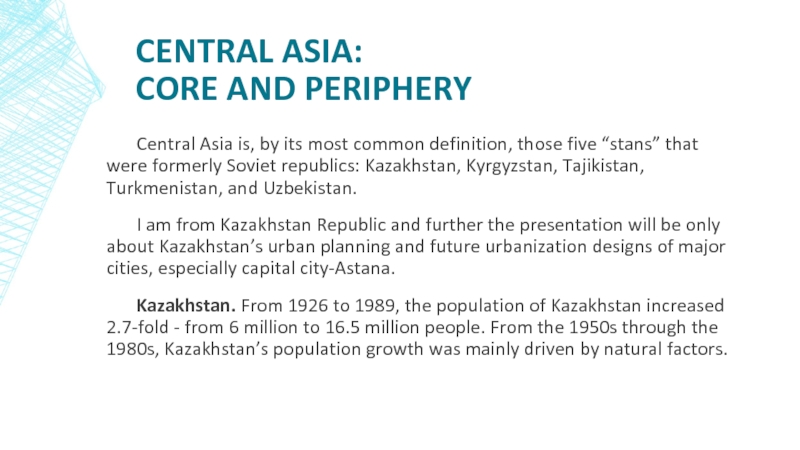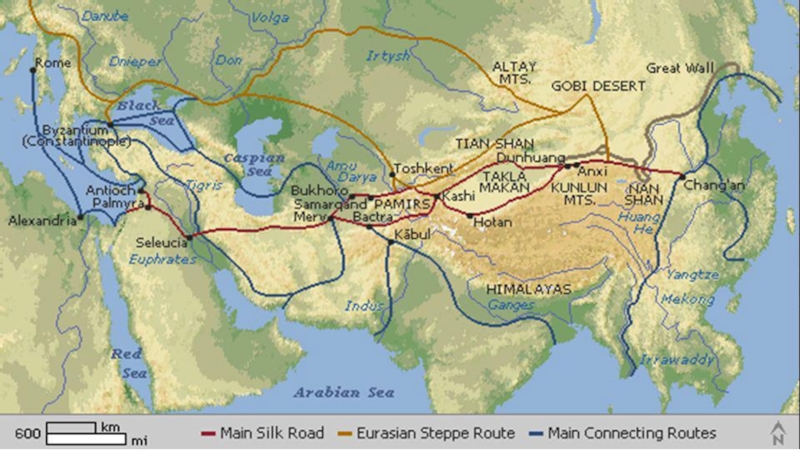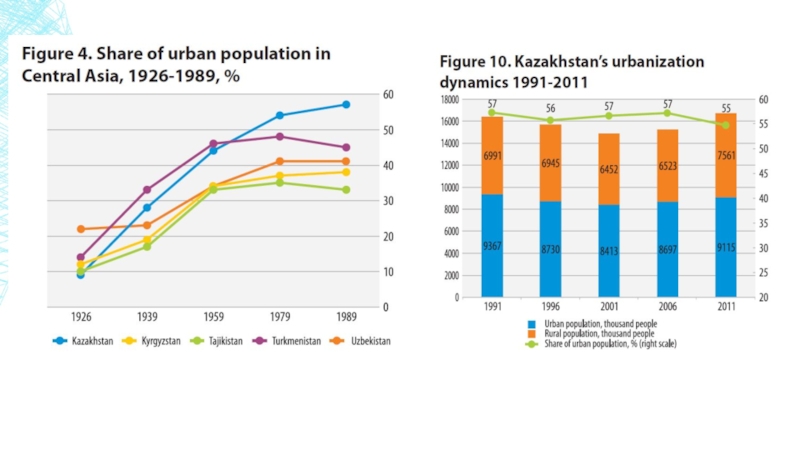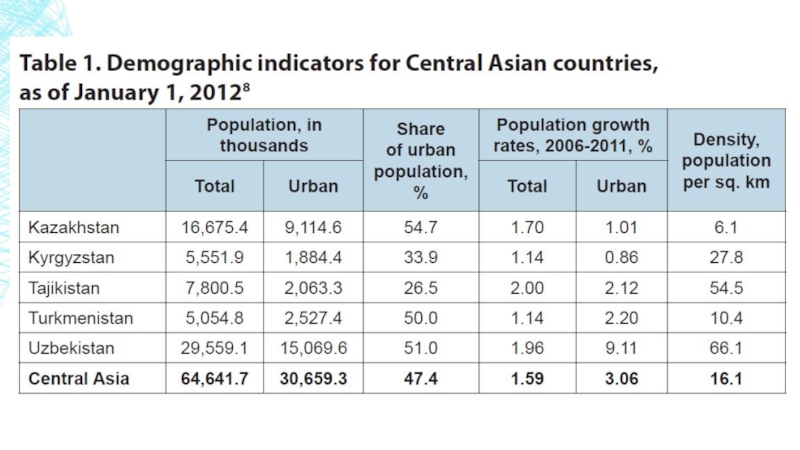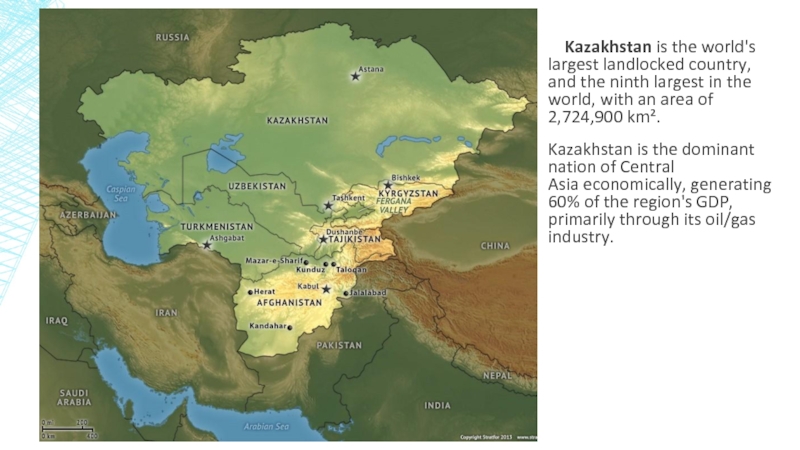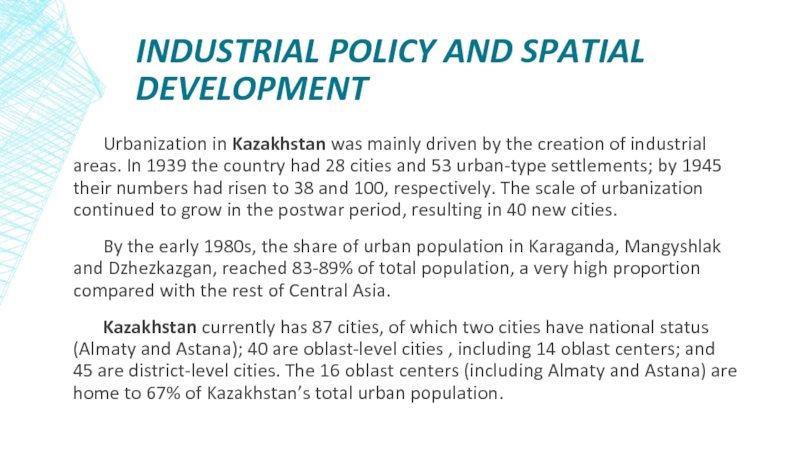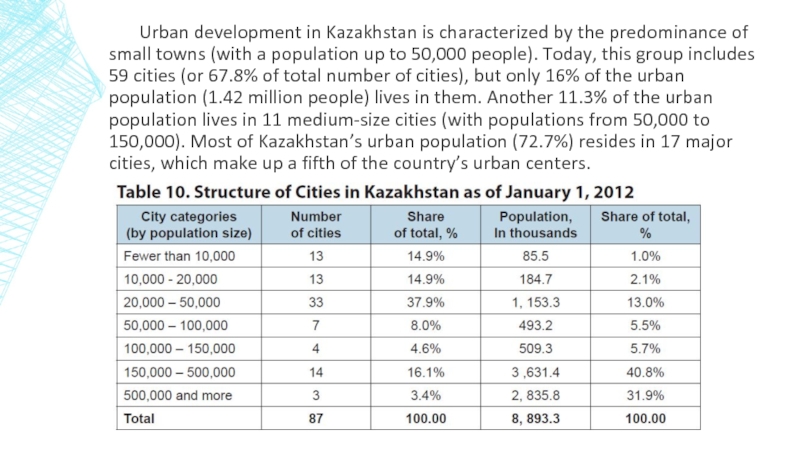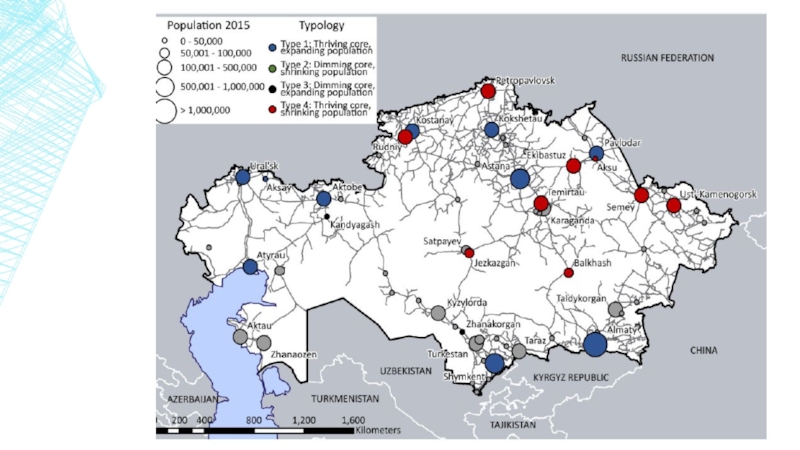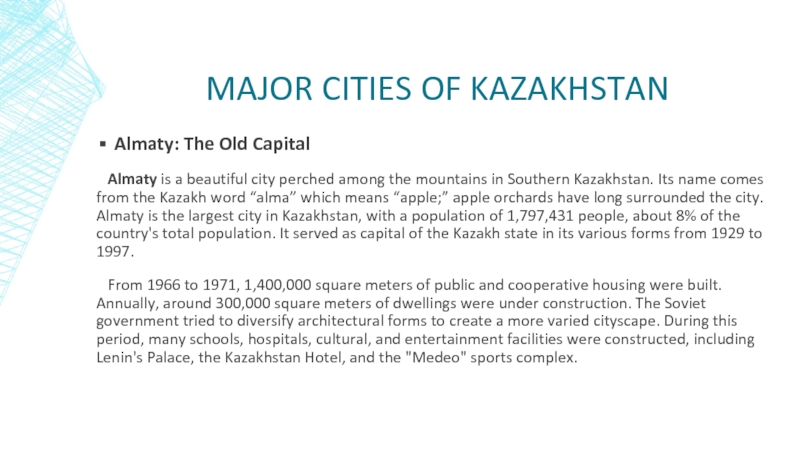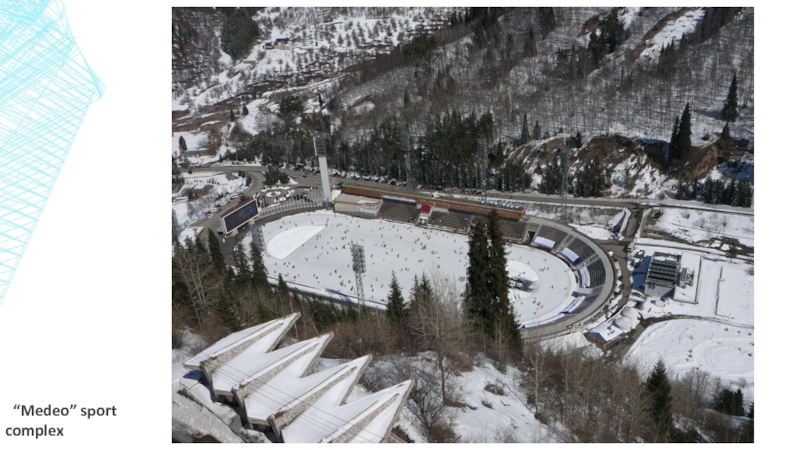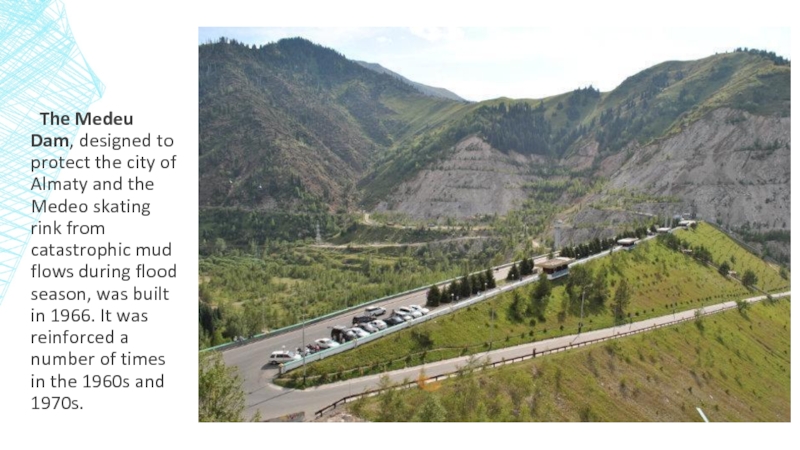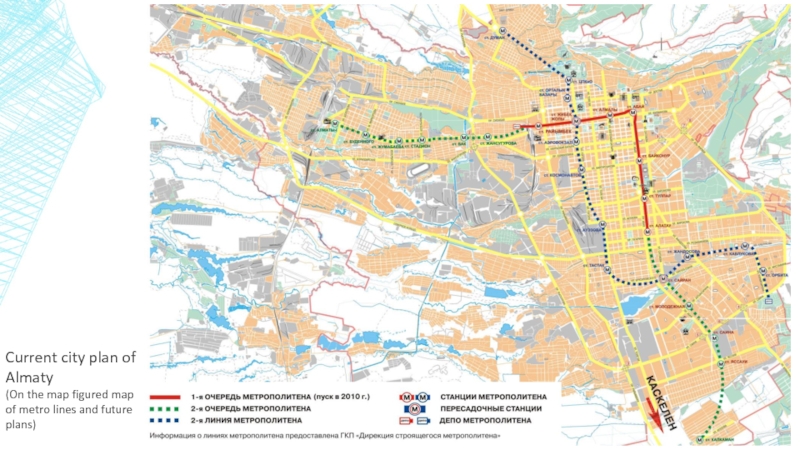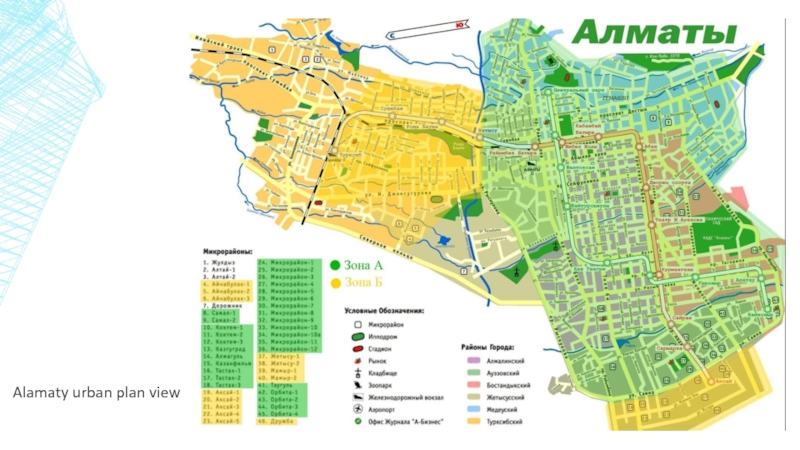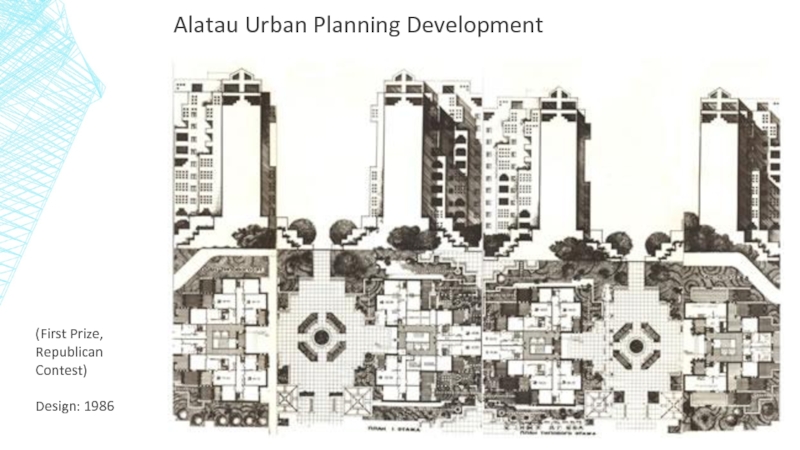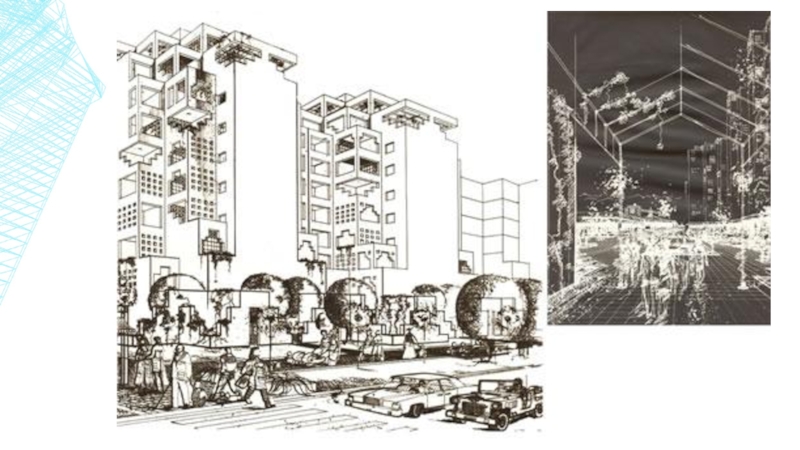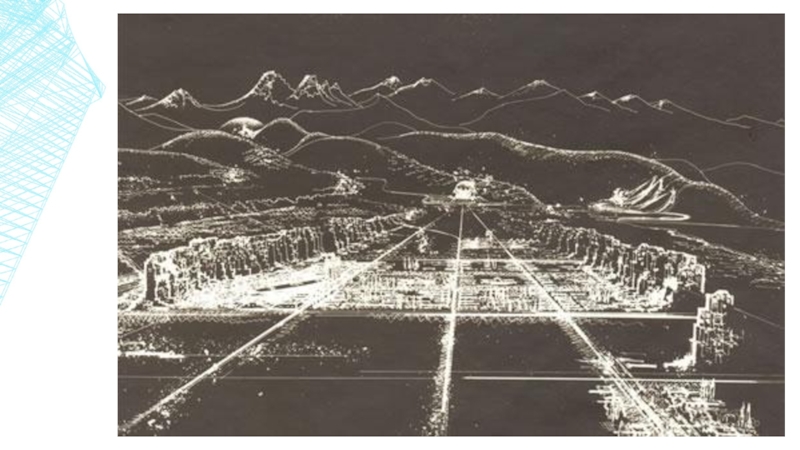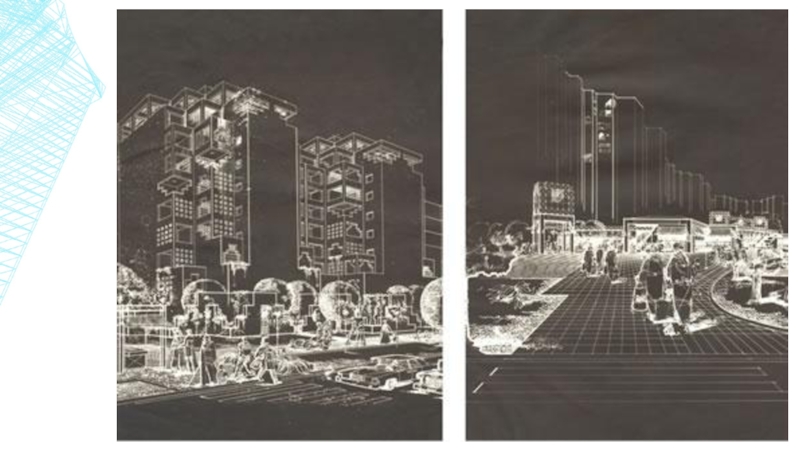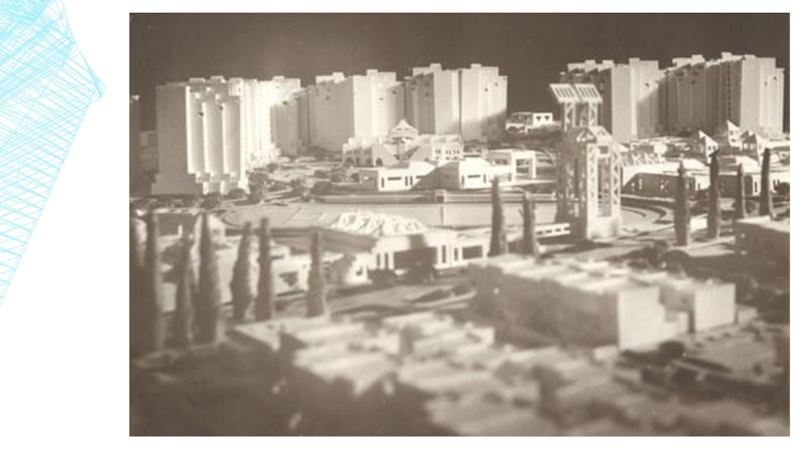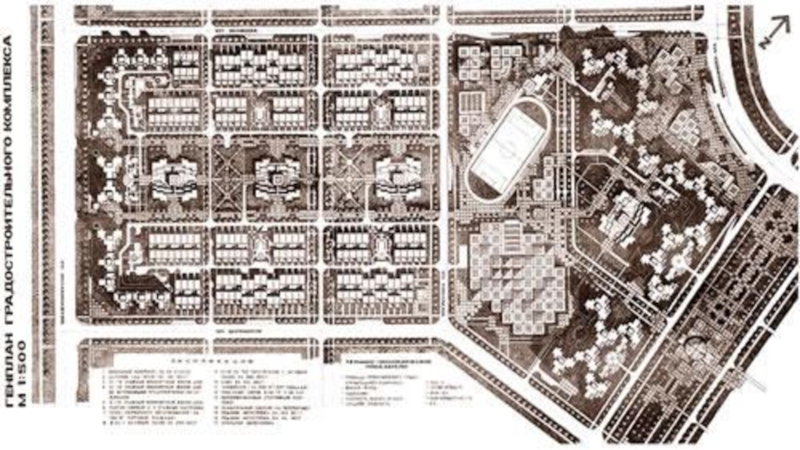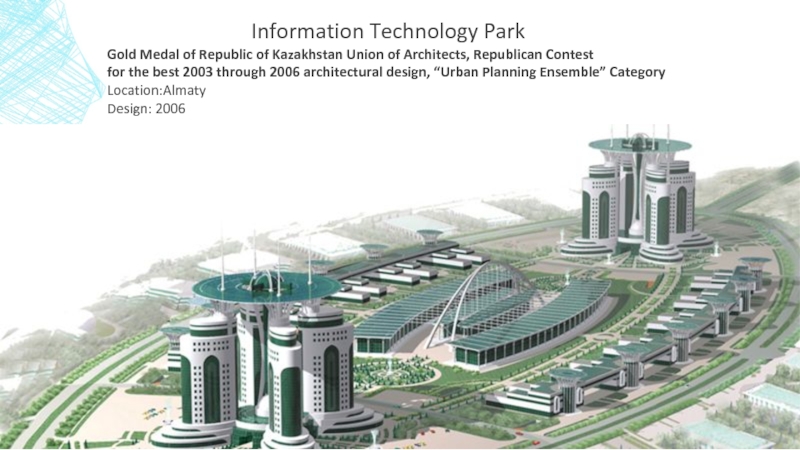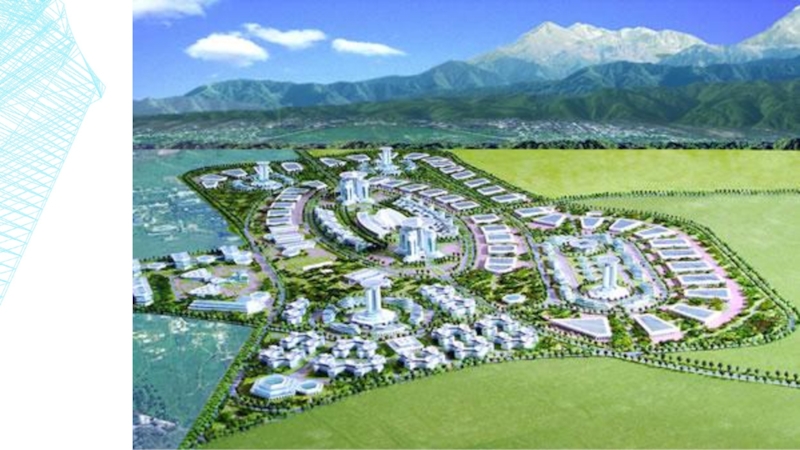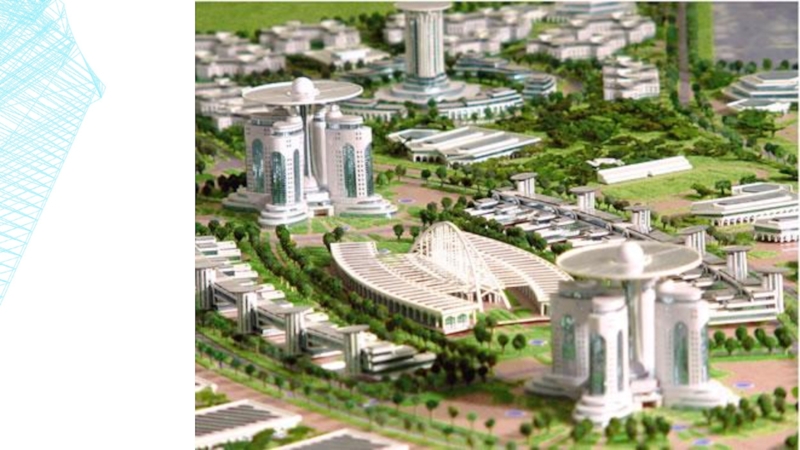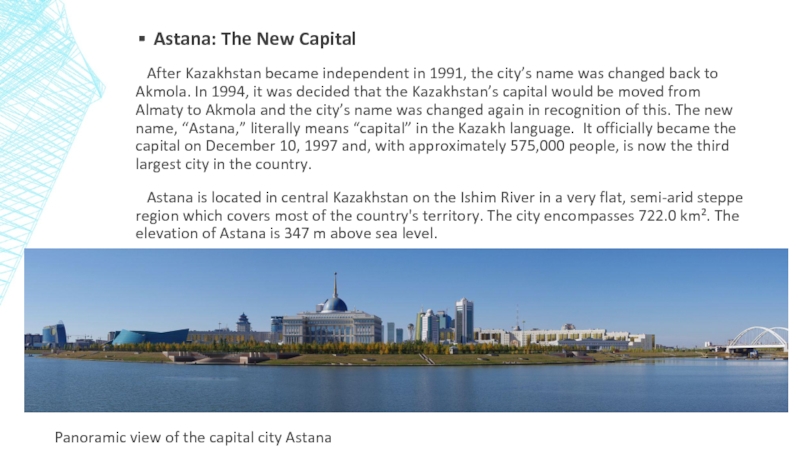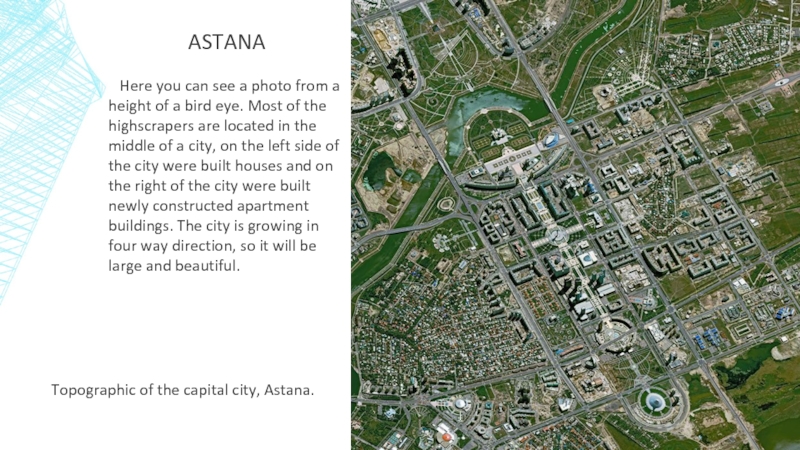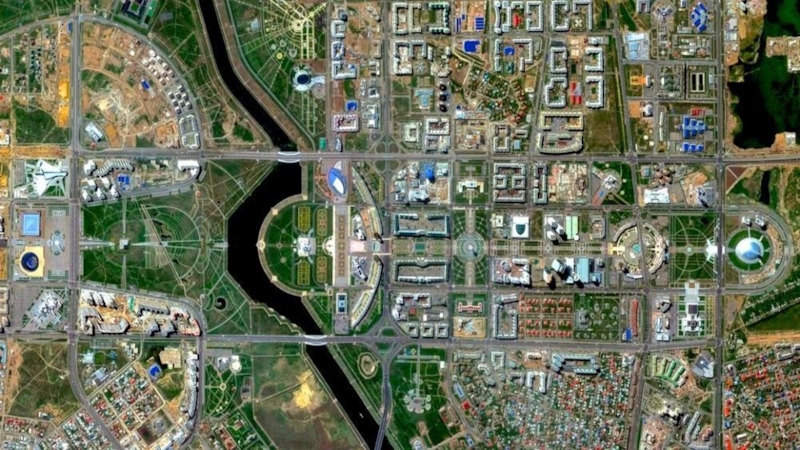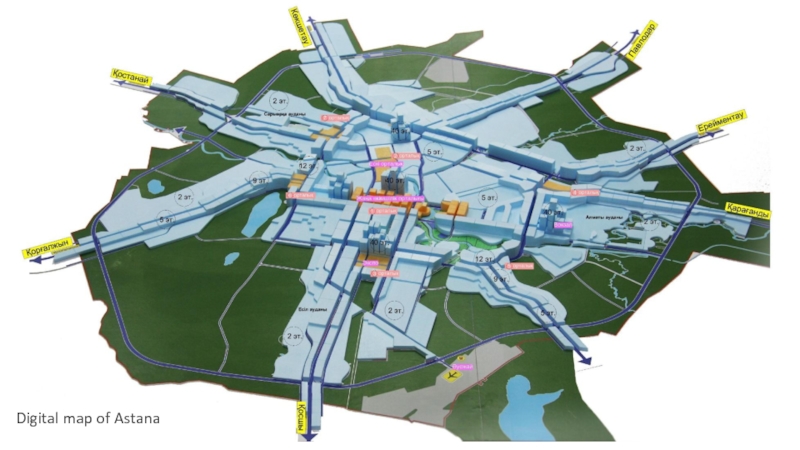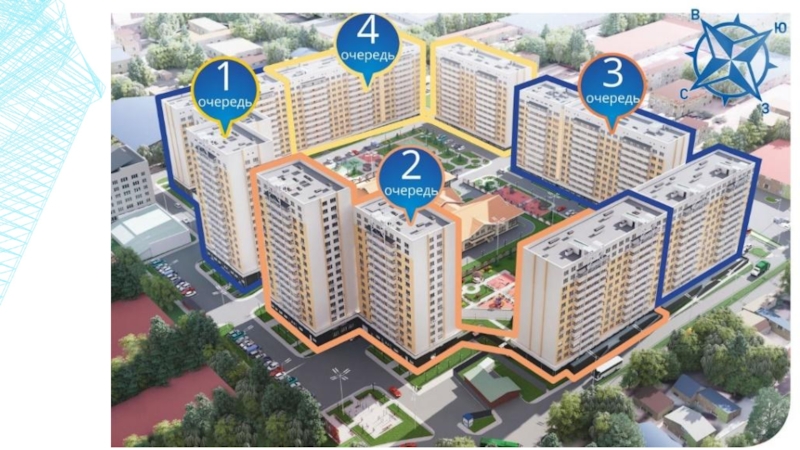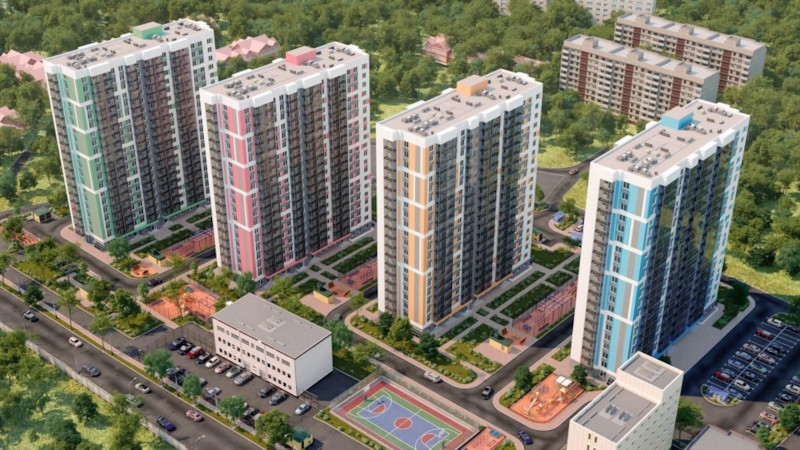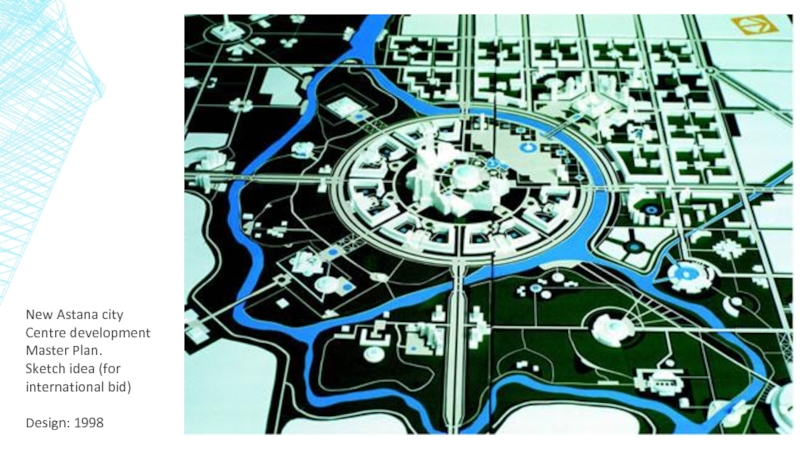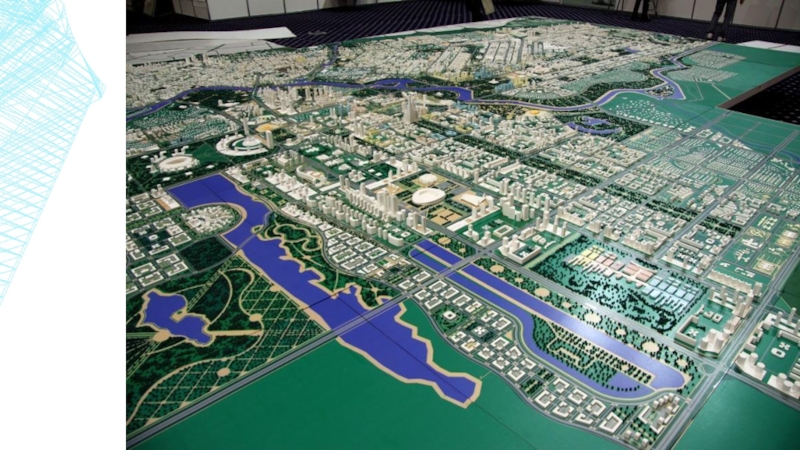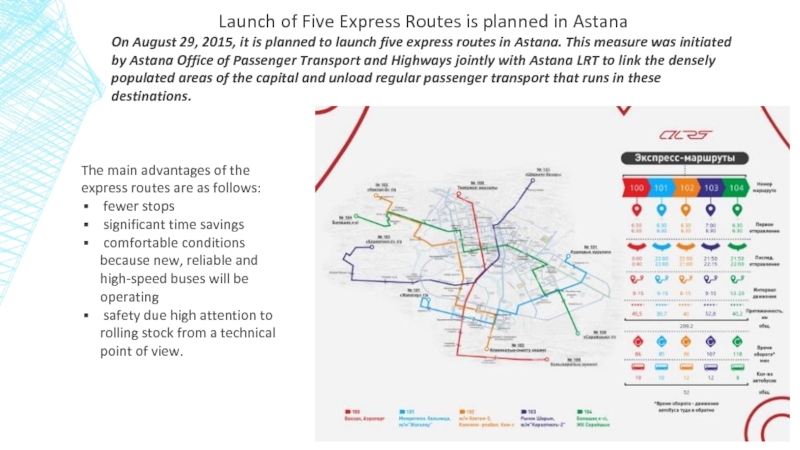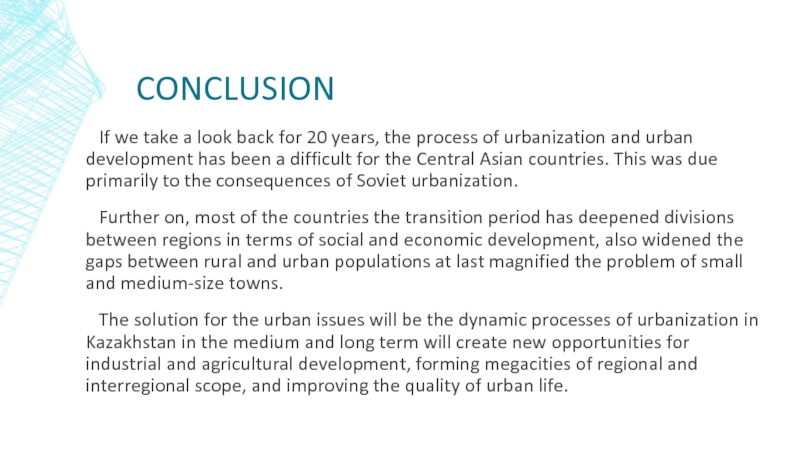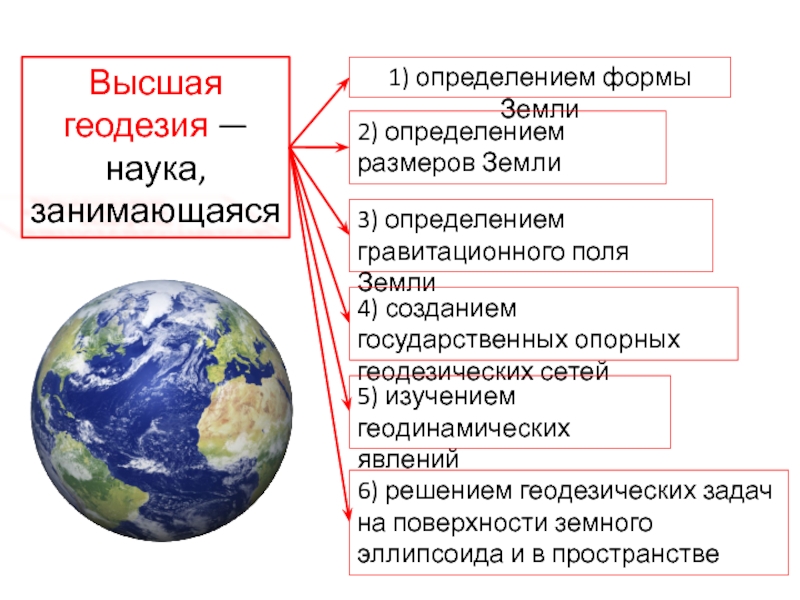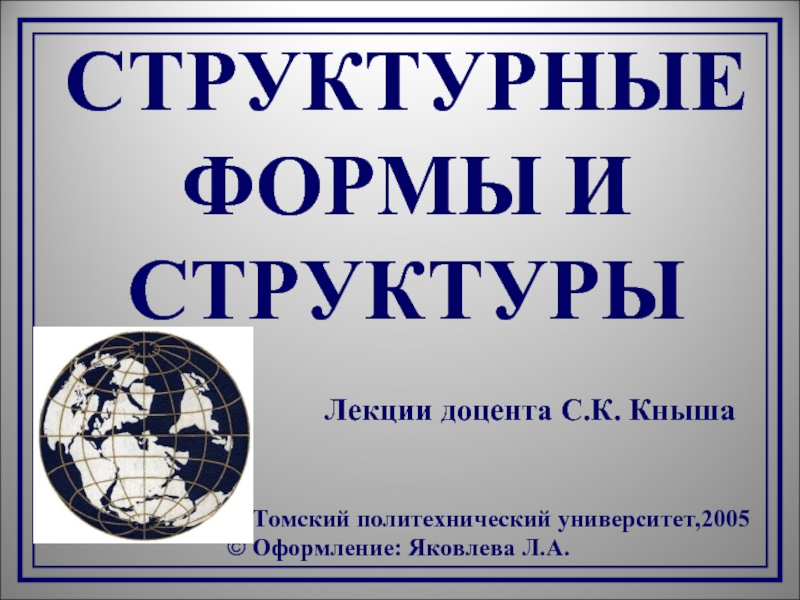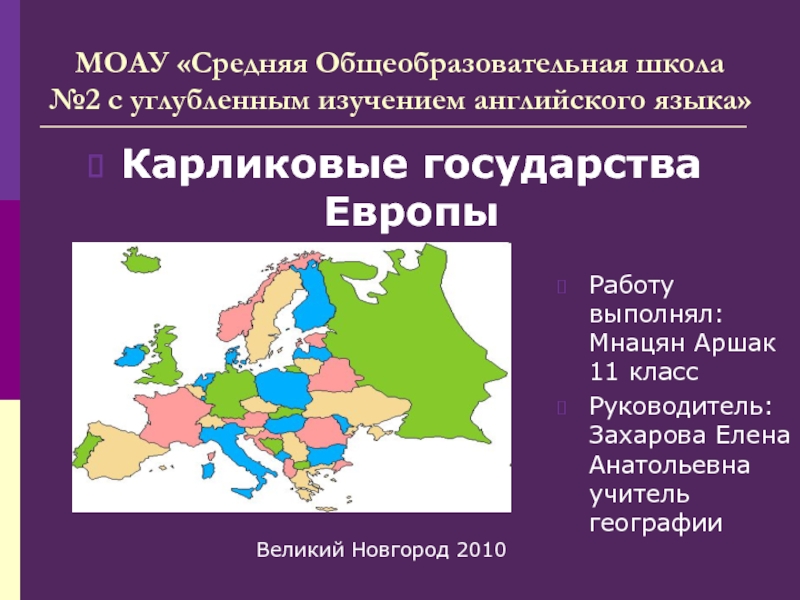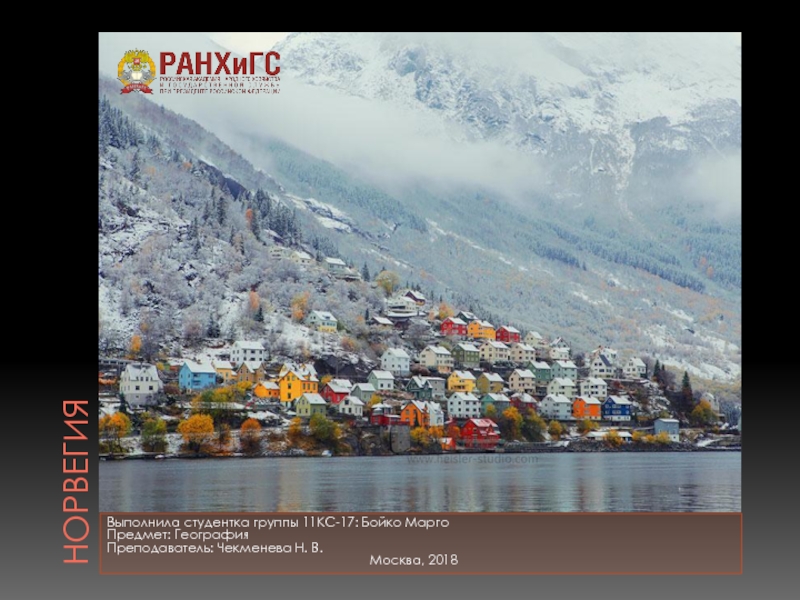- Главная
- Разное
- Дизайн
- Бизнес и предпринимательство
- Аналитика
- Образование
- Развлечения
- Красота и здоровье
- Финансы
- Государство
- Путешествия
- Спорт
- Недвижимость
- Армия
- Графика
- Культурология
- Еда и кулинария
- Лингвистика
- Английский язык
- Астрономия
- Алгебра
- Биология
- География
- Детские презентации
- Информатика
- История
- Литература
- Маркетинг
- Математика
- Медицина
- Менеджмент
- Музыка
- МХК
- Немецкий язык
- ОБЖ
- Обществознание
- Окружающий мир
- Педагогика
- Русский язык
- Технология
- Физика
- Философия
- Химия
- Шаблоны, картинки для презентаций
- Экология
- Экономика
- Юриспруденция
Urban Planning Kazakhstan презентация
Содержание
- 1. Urban Planning Kazakhstan
- 2. CENTRAL ASIA: CORE AND PERIPHERY Central Asia
- 6. Kazakhstan is the world's largest landlocked country,
- 7. INDUSTRIAL POLICY AND SPATIAL DEVELOPMENT Urbanization in
- 9. Urban development in Kazakhstan is characterized by
- 11. MAJOR CITIES OF KAZAKHSTAN Almaty: The Old
- 12. “Medeo” sport complex
- 13. The Medeu Dam, designed to protect the
- 14. Current city plan of Almaty (On the
- 15. Alamaty urban plan view
- 16. Alatau Urban Planning Development (First Prize, Republican Contest) Design: 1986
- 22. Information Technology Park Gold Medal of Republic
- 25. Astana: The New Capital After
- 26. Topographic of the capital city, Astana.
- 28. Digital map of Astana
- 29. General plan of mikro-rigions, building boxes, of the city
- 32. New Astana city Centre development Master Plan. Sketch idea (for international bid) Design: 1998
- 34. Launch of Five Express Routes is planned
- 35. CONCLUSION If we take a
- 36. REFERENCES Urban, Social, Rural and Resilient
Слайд 2CENTRAL ASIA:
CORE AND PERIPHERY
Central Asia is, by its most common definition,
I am from Kazakhstan Republic and further the presentation will be only about Kazakhstan’s urban planning and future urbanization designs of major cities, especially capital city-Astana.
Kazakhstan. From 1926 to 1989, the population of Kazakhstan increased 2.7-fold - from 6 million to 16.5 million people. From the 1950s through the 1980s, Kazakhstan’s population growth was mainly driven by natural factors.
Слайд 6 Kazakhstan is the world's largest landlocked country, and the ninth largest in the
Kazakhstan is the dominant nation of Central Asia economically, generating 60% of the region's GDP, primarily through its oil/gas industry.
Слайд 7INDUSTRIAL POLICY AND SPATIAL DEVELOPMENT
Urbanization in Kazakhstan was mainly driven by
By the early 1980s, the share of urban population in Karaganda, Mangyshlak and Dzhezkazgan, reached 83-89% of total population, a very high proportion compared with the rest of Central Asia.
Kazakhstan currently has 87 cities, of which two cities have national status (Almaty and Astana); 40 are oblast-level cities , including 14 oblast centers; and 45 are district-level cities. The 16 oblast centers (including Almaty and Astana) are home to 67% of Kazakhstan’s total urban population.
Слайд 9 Urban development in Kazakhstan is characterized by the predominance of small
Слайд 11MAJOR CITIES OF KAZAKHSTAN
Almaty: The Old Capital
Almaty is a
From 1966 to 1971, 1,400,000 square meters of public and cooperative housing were built. Annually, around 300,000 square meters of dwellings were under construction. The Soviet government tried to diversify architectural forms to create a more varied cityscape. During this period, many schools, hospitals, cultural, and entertainment facilities were constructed, including Lenin's Palace, the Kazakhstan Hotel, and the "Medeo" sports complex.
Слайд 13 The Medeu Dam, designed to protect the city of Almaty and
Слайд 22Information Technology Park
Gold Medal of Republic of Kazakhstan Union of Architects,
for the best 2003 through 2006 architectural design, “Urban Planning Ensemble” Category
Location:Almaty
Design: 2006
Слайд 25Astana: The New Capital
After Kazakhstan became independent in 1991,
Astana is located in central Kazakhstan on the Ishim River in a very flat, semi-arid steppe region which covers most of the country's territory. The city encompasses 722.0 km². The elevation of Astana is 347 m above sea level.
Panoramic view of the capital city Astana
Слайд 26Topographic of the capital city, Astana.
ASTANA
Here you can see
Слайд 32New Astana city Centre development Master Plan.
Sketch idea (for international bid)
Design:
Слайд 34Launch of Five Express Routes is planned in Astana
On August 29,
The main advantages of the express routes are as follows:
fewer stops
significant time savings
comfortable conditions because new, reliable and high-speed buses will be operating
safety due high attention to rolling stock from a technical point of view.
Слайд 35CONCLUSION
If we take a look back for 20 years,
Further on, most of the countries the transition period has deepened divisions between regions in terms of social and economic development, also widened the gaps between rural and urban populations at last magnified the problem of small and medium-size towns.
The solution for the urban issues will be the dynamic processes of urbanization in Kazakhstan in the medium and long term will create new opportunities for industrial and agricultural development, forming megacities of regional and interregional scope, and improving the quality of urban life.
Слайд 36REFERENCES
Urban, Social, Rural and Resilient Global Practice (GPSURR)
United Nations:
National Economy of Kazakhstan in 1983. p. 5. Quoted by Iskakov. The cities of Kazakhstan: Issues of Socioeconomic Development. Alma-Ata, Nauka, 1985 (Народное хозяйство Казахстана в 1983 г. с. 5. Цитируется по Искаков У.М. Города Казахстана: проблемы социально-экономического развития. – Алма-Ата; Наука, 1985)
Kazakhstan Statistics Agency. 2009
Websides:
http://www.kazgor.com/
http://astana.gov.kz/en/modules/material/47
https://astanatimes.com/2015/12/astana-architecture-and-city-building-management-chief-highlights-capitals-plan-for-harmonious-architectural-development/
https://www.oecd-ilibrary.org/urban-rural-and-regional-development/oecd-urban-policy-reviews-kazakhstan/governing-urbanisation-in-kazakhstan_9789264268852-7-en
